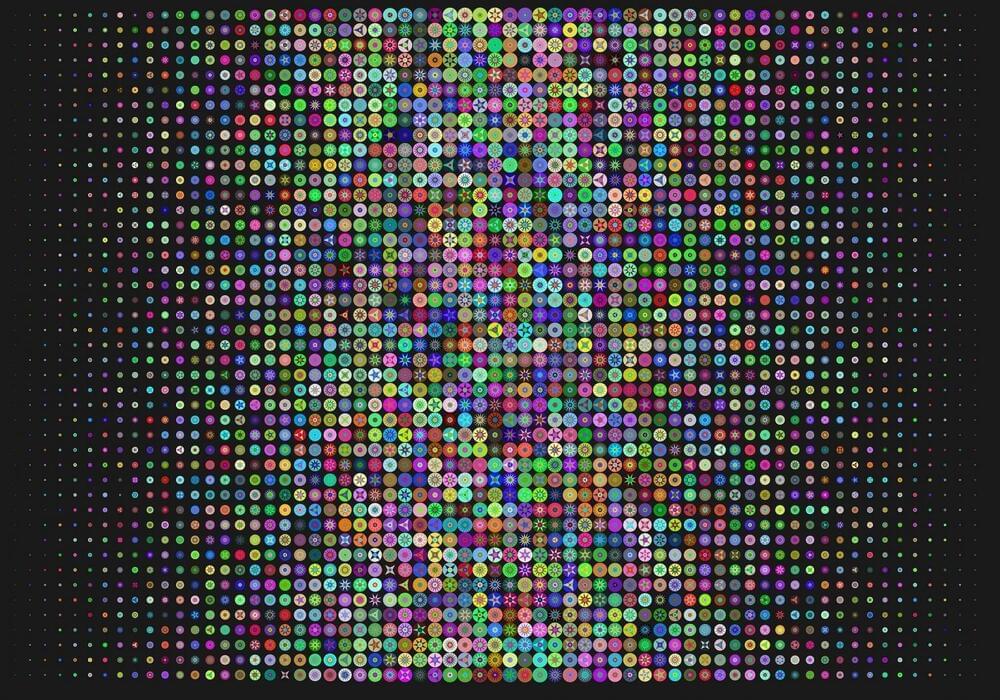Learn what you always wish you knew about Google’s algorithms.
Category: information science – Page 84

Generative AI: The New Lifeline To Overwhelmed Healthcare Systems
As the world’s population continues to grow and age, the healthcare system in different geographies is inching closer to the brink of collapse. According to the World Health Organization, the current number of health workers, including physicians, radiologists, and other professionals, is not sufficient to handle the rising caseload. On top of it, the increased stress and burnout stemming from the surge in cases is pushing many to exit the field, further reducing the number of practicing workers. Becker Health estimates show that nearly 72,000 American physicians left the workforce between 2021 and 2022, and some 30,000 who will join the workforce will not be enough to meet the growing demand.
At the core, both these challenges – the rising caseload and dwindling workforce – are leaving one major impact: diminished quality of patient care. This is where the much talked about generative AI can come in, saving healthcare staffers valuable time and resources and enabling them to focus on enhancing clinical outcomes.
First off, it’s important to understand AI is not new in healthcare. Organizations have been experimenting with predictive and computer vision algorithms for a while now, most notably to forecast the success of treatments and diagnose dangerous diseases earlier than humans. However, when it comes to generative AI, things are still pretty fresh, given the technology came to the forefront just a couple of years ago with the launch of ChatGPT. Gen AI models use neural networks to identify patterns and structures in existing data and generate new content such as text and images. They are applicable across sectors, including healthcare – where organizations cumulatively generate about 300 petabytes of data every single day.

A Warp Drive Breakthrough Inches a Tiny Bit Closer to ‘Star Trek’
While tantalizing, Alcubierre’s design has a fatal flaw. To provide the necessary distortions of spacetime, the spacecraft must contain some form of exotic matter, typically regarded as matter with negative mass. Negative mass has some conceptual problems that seem to defy our understanding of physics, like the possibility that if you kick a ball that weighs negative 5 kilograms, it will go flying backwards, violating conservation of momentum. Plus, nobody has ever seen any object with negative mass existing in the real universe, ever.
These problems with negative mass have led physicists to propose various versions of “energy conditions” as supplements to general relativity. These aren’t baked into relativity itself, but add-ons needed because general relativity allows things like negative mass that don’t appear to exist in our universe—these energy conditions keep them out of relativity’s equations. They’re scientists’ response to the unsettling fact that vanilla GR allows for things like superluminal motion, but the rest of the universe doesn’t seem to agree.
The energy conditions aren’t experimentally or observationally proven, but they are statements that concord with all observations of the universe, so most physicists take them rather seriously. And until recently, physicists have viewed those energy conditions as making it absolutely 100 percent clear that you can’t build a warp drive, even if you really wanted to.

Researchers identify best algorithms to optimize performance of functionally graded materials
A study from Japan published in the International Journal of Computer Aided Engineering and Technology reveals a way to optimize the composition of functionally graded materials (FGMs). FGMs are advanced composite materials with a gradual variation in composition and properties across their volume, designed to optimize performance under specific loading conditions.

Physicist Sean Carroll and the biggest ideas in the universe
Sean Carroll, a physicist at Johns Hopkins University, spoke at the Bell House in Brooklyn, New York, in an event presented by New York City’s Secret Science Club. He talked about quantum field theory, which is now considered the definitive explanation of what reality is made of. So, pretty important stuff.
His new book The Biggest Ideas in the Universe: Quanta and Fields was released this week. It’s the second in a three-book series in which he goes through the important ideas of Physics for non-academics, but actually using and carefully explaining the equations that physicists use.

Neuralink to implant 2nd human with brain chip as 85% of threads retract in 1st
“Neuralink to implant 2nd human with brain chip as 85% of threads retract. Neuralink’s first patient, 29-year-old Noland Arbaugh, opened up about the roller-coaster experience. ” I was on such a high and then to be brought down that low. It was very, very hard,” Arbaugh said. ” I cried.” What a disaster!
Algorithm tweaks made up for the loss, and Neuralink thinks it has fix for next patient.


ChargePoint debuts the fiercely powerful Megawatt Charging System for electric trucks
ChargePoint’s (NYSE: CHPT) new Megawatt Charging System for commercial electric trucks is capable of dispensing enough energy to power around 1,000 homes.
Hossein Kazemi, ChargePoint’s CTO for hardware, said, “Megawatt charging solves one-half of the electrification equation for trucking. The companies developing electric trucks can now leverage this infrastructure to test and enable their vehicles until they meet – or even exceed – the distances covered by internal combustion trucks.”
The Megawatt Charging System cable and connector will be available on ChargePoint’s Power Link 2000 stations, part of its modular Express Plus DC fast charging platform.

Evolutionary Emergence: From Primordial Atoms to Living Algorithms of Artificial Superintelligence
To be clear, humans are not the pinnacle of evolution. We are confronted with difficult choices and cannot sustain our current trajectory. No rational person can expect the human population to continue its parabolic growth of the last 200 years, along with an ever-increasing rate of natural resource extraction. This is socio-economically unsustainable. While space colonization might offer temporary relief, it won’t resolve the underlying issues. If we are to preserve our blue planet and ensure the survival and flourishing of our human-machine civilization, humans must merge with synthetic intelligence, transcend our biological limitations, and eventually evolve into superintelligent beings, independent of material substrates—advanced informational beings, or ‘infomorphs.’ In time, we will shed the human condition and upload humanity into a meticulously engineered inner cosmos of our own creation.
Much like the origin of the Universe, the nature of consciousness may appear to be a philosophical enigma that remains perpetually elusive within the current scientific paradigm. However, I emphasize the term “current.” These issues are not beyond the reach of alternative investigative methods, ones that the next scientific paradigm will inevitably incorporate with the arrival of Artificial Superintelligence.
The era of traditional, human-centric theoretical modeling and problem-solving—developing hypotheses, uncovering principles, and validating them through deduction, logic, and repeatable experimentation—may be nearing the end. A confluence of factors—Big Data, algorithms, and computational resources—are steering us towards a new type of discovery, one that transcends the limitations of human-like logic and decision-making— the one driven solely by AI superintelligence, nestled in quantum neo-empiricism and a fluidity of solutions. These novel scientific methodologies may encompass, but are not limited to, computing supercomplex abstractions, creating simulated realities, and manipulating matter-energy and the space-time continuum itself.